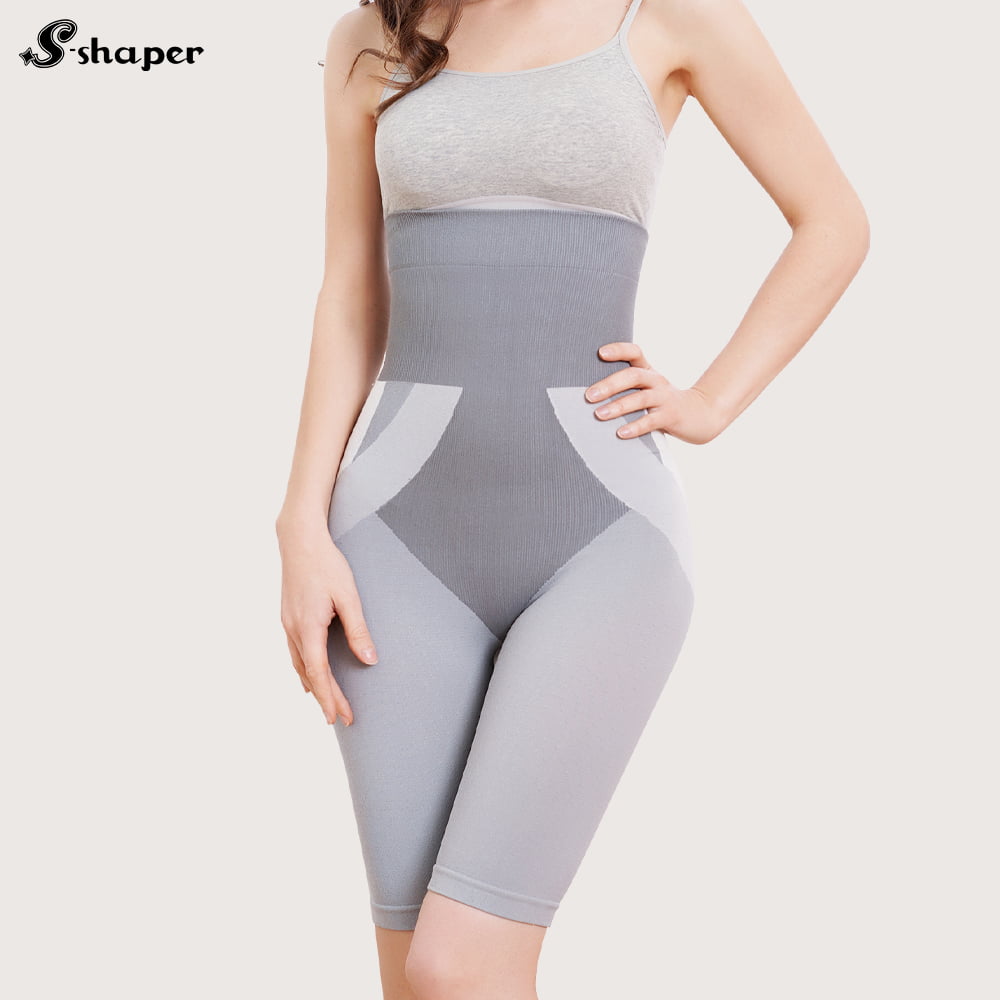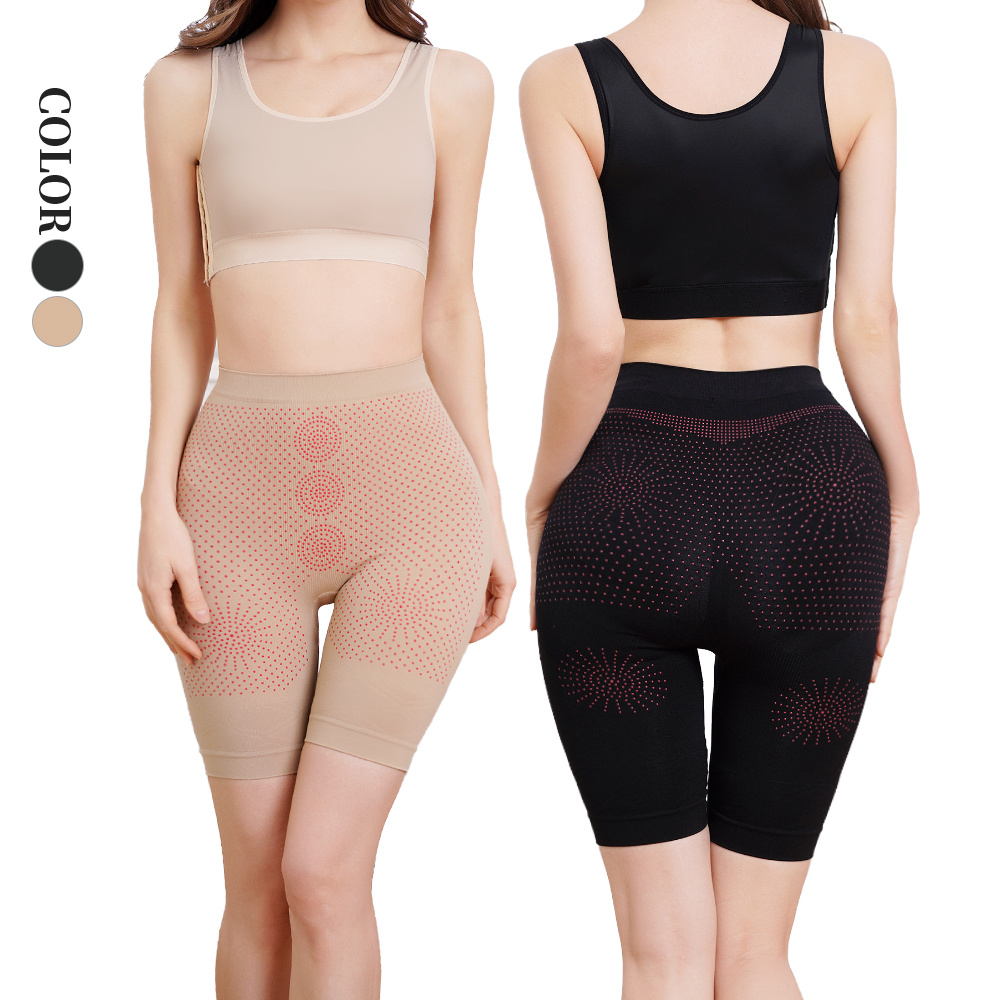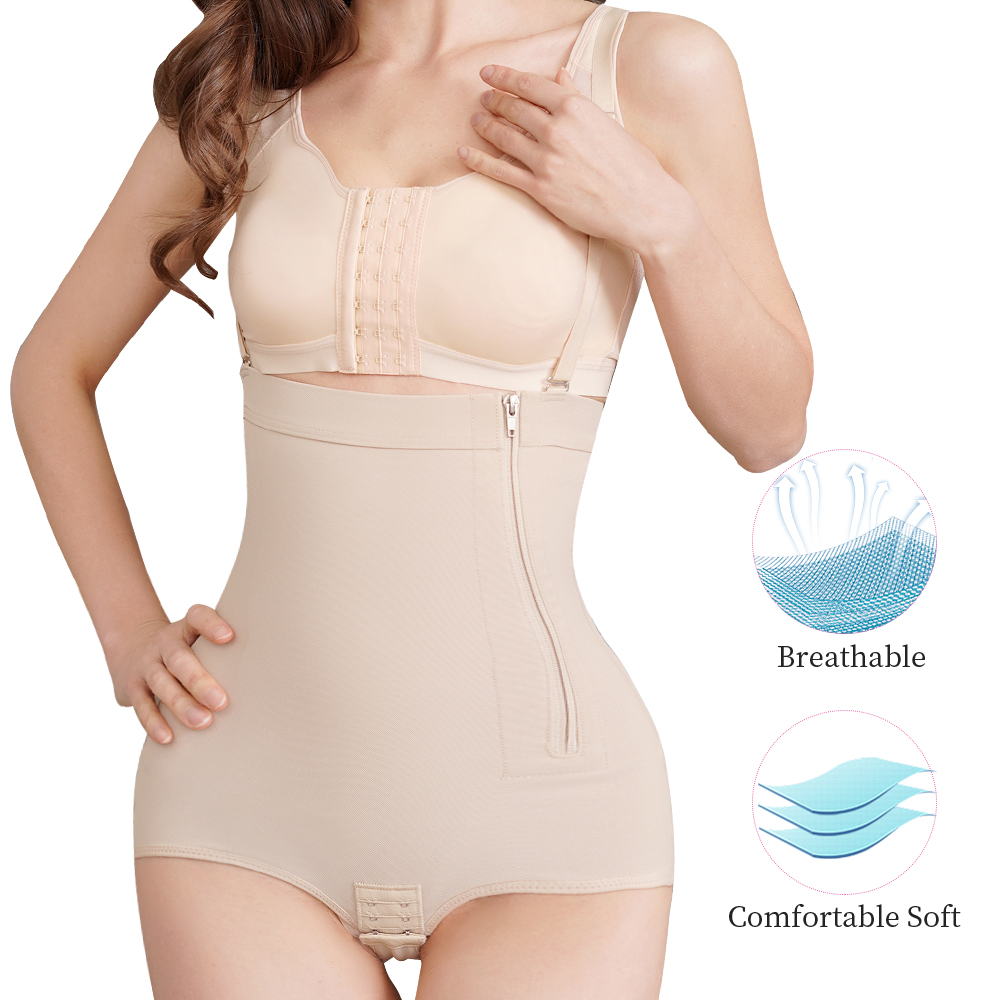The Hidden Dangers of Wearing the Wrong Bra Size: A Comprehensive Guide
Wearing the wrong bra size is more than just a minor inconvenience; it can lead to a range of health issues that can affect your daily life and overall well-being. This comprehensive guide will explore the potential health problems associated with ill-fitting bras, explain how to identify if you are wearing the wrong size, and provide tips on how to find the perfect fit.
Understanding the Importance of a Properly Fitting Bra
A well-fitting bra is essential for both comfort and health. It provides the necessary support to your breasts, helps maintain good posture, and can even impact your self-esteem. Conversely, an ill-fitting bra can cause a multitude of issues that go beyond physical discomfort.
Signs You Might Be Wearing the Wrong Bra Size
Before diving into the health issues, it’s crucial to recognize the signs that you might be wearing the wrong bra size. Here are some common indicators:
- Straps Digging In: If the straps leave marks or dig into your shoulders, your bra might be too small.
- Band Riding Up: A band that rides up your back indicates a band size that’s too large.
- Cup Spillage: If your breasts spill out of the cups, your bra might be too small or the wrong shape.
- Underwire Discomfort: If the underwire pokes or sits on your breast tissue, it indicates an incorrect fit.
- Constant Adjusting: Needing to adjust your bra throughout the day is a sign of a poor fit.
Health Issues Caused by Wearing the Wrong Bra Size
1. Back, Neck, and Shoulder Pain
One of the most common issues caused by an ill-fitting bra is pain in the back, neck, and shoulders. A bra that doesn’t provide adequate support can lead to muscle strain as your body compensates for the lack of support. This is especially true for women with larger breasts, as the weight can cause significant discomfort if not properly supported.
2. Poor Posture
Wearing the wrong bra size can negatively impact your posture. A bra that doesn’t fit well can cause you to slouch or hunch over, leading to long-term posture problems. Poor posture can, in turn, lead to other health issues such as spinal misalignment and chronic pain.
3. Skin Issues
An ill-fitting bra can cause various skin problems, including:
- Chafing and Rashes: Tight bras can rub against the skin, causing chafing and painful rashes.
- Indentations: Straps and bands that are too tight can leave deep indentations and marks on your skin.
- Fungal Infections: A bra that’s too tight can create a warm and moist environment, perfect for fungal infections.
4. Breathing Difficulties
A bra that is too tight, especially around the band, can restrict your ribcage and diaphragm, making it difficult to breathe deeply. This can lead to feelings of breathlessness and discomfort.
5. Digestive Problems
A tight bra can also compress your stomach and intestines, potentially leading to digestive issues such as acid reflux or heartburn. This is particularly problematic for women who wear tight bras for extended periods.
6. Breast Pain and Sensitivity
Wearing a bra that doesn’t fit properly can cause breast pain and sensitivity. This is often due to the underwire digging into the breast tissue or the cups not providing adequate support. Over time, this constant pressure can lead to chronic pain.
7. Headaches
Believe it or not, an ill-fitting bra can even cause headaches. The tension and strain from tight straps can radiate upwards, causing tension headaches.
How to Find the Perfect Bra Size
Step 1: Measure Your Band Size
- Stand in front of a mirror with a non-padded bra or no bra.
- Wrap a measuring tape snugly around your ribcage, just under your bust.
- Ensure the tape is level and straight.
- Note the measurement in inches and round up to the nearest even number.
Step 2: Measure Your Bust Size
- Wrap the measuring tape around the fullest part of your bust.
- Ensure the tape is level and straight, but not too tight.
- Note the measurement in inches.
Step 3: Calculate Your Cup Size
Subtract your band size from your bust size. Use the difference to determine your cup size:
| Difference (inches) | Cup Size |
|---|---|
| 1 | A |
| 2 | B |
| 3 | C |
| 4 | D |
| 5 | DD/E |
Step 4: Find the Right Style
Different bra styles work better for different breast shapes. Consider trying various styles such as:
- T-Shirt Bras: Great for everyday wear and smooth appearance.
- Balconette Bras: Ideal for providing lift and shape.
- Sports Bras: Essential for support during physical activities.
- Plunge Bras: Perfect for low-cut tops and enhanced cleavage.
Tips for Ensuring a Perfect Fit
- Try Before You Buy: Always try on bras before purchasing to ensure the fit is right.
- Check the Band: The band should be snug but not too tight, and it should sit level around your body.
- Adjust the Straps: Straps should provide support without digging into your shoulders.
- Test for Spillage: Make sure your breasts fit comfortably within the cups without spilling over.
- Move Around: Move your arms and bend over to ensure the bra stays in place and remains comfortable.
Conclusion: Embrace Comfort and Health
Wearing the right bra size is not just about comfort; it’s about your health and well-being. An ill-fitting bra can lead to a range of issues, from physical pain to skin problems and even digestive issues. By taking the time to find the perfect fit, you can avoid these problems and enjoy better posture, reduced pain, and increased confidence.
Remember, your bra should be your ally, not an adversary. Take the time to measure yourself correctly and invest in quality bras that provide the support you need. Your body will thank you!
Share This Post:
Table of Contents
Most Popular


Sweat Shorts Factory in South America for Gymwear Startups

Sauna Belt Manufacturer in South America for Health & Wellness Brands

Wholesale Shaping Panty Factory in South America for Beauty Clinics
Get in touch with us
Related Posts

Arm Sleeves Manufacturer in South America for Sports Apparel Distributors
1. Why South America is Emerging as a Hub for Arm Sleeves Manufacturing In recent years, South America has become a strategic manufacturing base for sportswear, particularly performance accessories like

Sweat Shorts Factory in South America for Gymwear Startups
1. Why South America is Emerging as a Gymwear Manufacturing Hub South America is rapidly gaining recognition as a strategic location for gymwear and activewear manufacturing — including sweat shorts

Sauna Belt Manufacturer in South America for Health & Wellness Brands
1. Why Health & Wellness Brands Are Investing in Sauna Belts The health and wellness industry is booming globally, and sauna belts have emerged as a top product in the

Wholesale Shaping Panty Factory in South America for Beauty Clinics
1. Why Beauty Clinics are Turning to Wholesale Shaping Panty Suppliers In recent years, beauty clinics have evolved beyond skincare and cosmetic procedures to offer lifestyle-enhancing products. One of the






